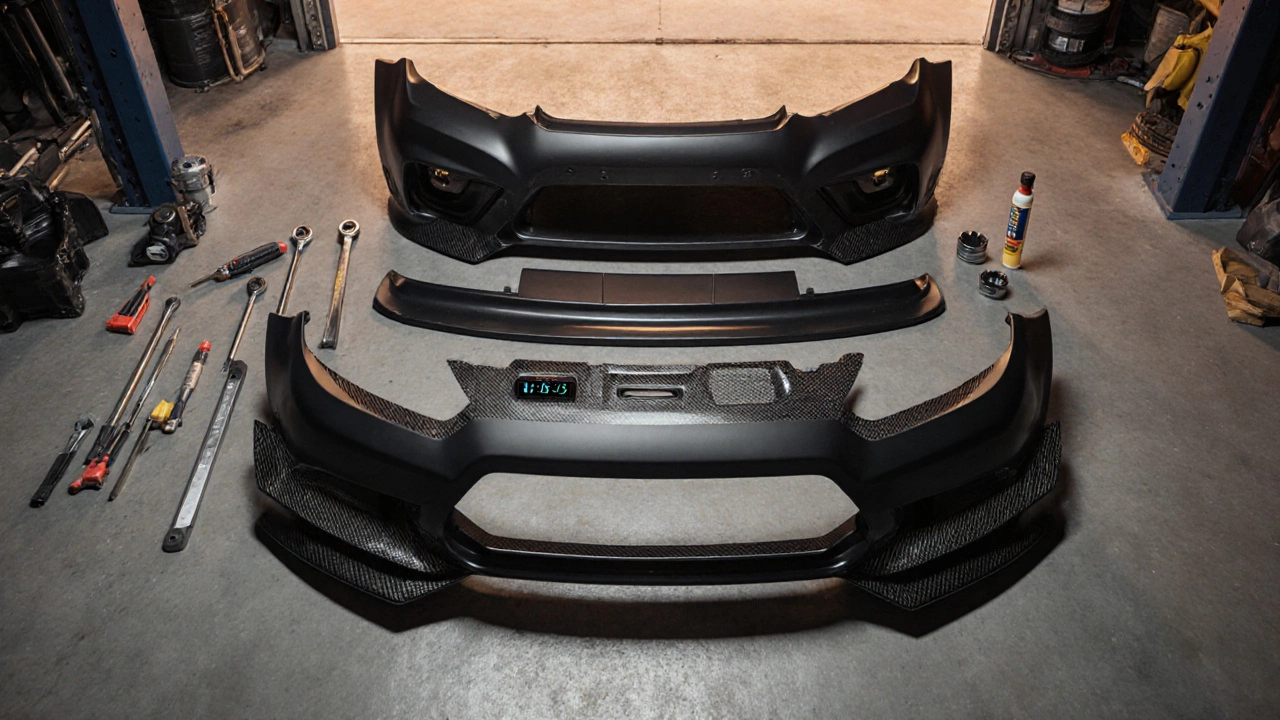When discussing body kit fitting duration, the amount of time required to properly install a complete body kit on a vehicle. Also known as kit install time, it varies based on several practical factors. Understanding this helps you plan the garage visit and budget your project.
Another key piece of the puzzle is body kit installation, the process of mounting bumpers, side skirts, spoilers, and related components onto a car. This process requires careful surface preparation, alignment checks, and often some custom fitting. When you pair a well‑planned installation with a skilled installer, the overall timeline shortens dramatically.
Often overlooked, car aerodynamics, the way airflow interacts with a vehicle’s body shape directly influences fitting duration. Aerodynamic upgrades like splitters or diffusers need precise mounting angles to achieve the intended downforce. If the kit isn’t aligned correctly, you’ll spend extra time fine‑tuning, which adds hours to the schedule.
Finally, the role of a professional fitter, an experienced technician who specializes in body kit work cannot be overstated. A professional fitter brings the right tools, shop‑ready fixtures, and knowledge of torque specs, meaning the job moves from a weekend hobby to a streamlined service.
First, the condition of your car sets the baseline. A clean, rust‑free surface that’s already stripped of old clips lets the fitter start right away. If you need dent repair, paint removal, or rust treatment, add another half‑day to a full day. Second, the complexity of the kit matters. Simple bolt‑on kits with pre‑drilled holes might be wrapped up in four to six hours, while full‑frame kits with custom brackets and composite parts can stretch to two or three full days.
Third, alignment and suspension checks are part of a thorough fit. After the kit is bolted, the fitter will verify that wheel angles, ride height, and clearance remain within safe limits. This step often involves a quick alignment session, which takes about an hour but is crucial for handling and tire wear.
Fourth, the finishing touches—sealants, trim wipes, and paint touch‑ups—add another hour or two. Many enthusiasts skip these steps, but a clean finish protects the kit from moisture and improves the overall look.
Putting it all together, a typical body kit fitting duration breaks down like this:
In real‑world terms, most owners see a full‑kit install finish within one to two days when a professional fitter handles the job. DIY installers should budget extra time for each step, especially if they’re learning the process on the fly.
Keep these factors in mind when you book your appointment, and you’ll avoid surprise delays. Below you’ll find a curated set of articles that dive deeper into each stage— from budgeting your kit to choosing the right installer—so you can plan a smooth, on‑time transformation for your ride.

Find out how long it takes to fit a body kit, factors that affect install time, DIY vs professional options, and a handy checklist to avoid common delays.